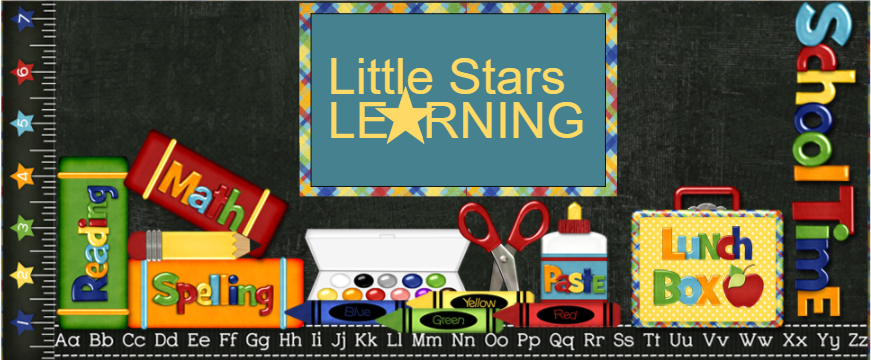 |
| "Kind of a mess in here, isn't it gentlemen?" |
Discipline literally means "to teach." It is not only learning to follow rules, which so many adults focus upon. It is also teaching children to CHOOSE to follow the rules, to choose to work with their community members to better situations, to choose to be responsible for their behavior and their actions, to choose to not follow friends who are making bad choices, and to have the internal motivation to make correct choices even when no one is looking.
This is another low-key method to use in your discipline strategy, that greatly enhances the above aspects in children's behavior.
It again works best with clear and consistent rules and expectations. If a child knows exactly what is expected, then they also know exactly what is going wrong.
The key aspect of this method is that it places the responsibility for knowing the rules and expectations, choosing to follow the rules and expectations, and correcting their behavior, ON THE CHILD. It is not a top-down demand for obedience, it is an observation that requires the child to own their behavior and make different/appropriate choices.
It promotes internal motivation, self-reliance, resiliency, responsibility, autonomy, work ethic, leadership, teamwork, community...Yes, 3-4 year olds.
Demands simply require compliance. Demands place the problem on your shoulders. Demands tell children to do things they should already be doing.
I use it in a 3-step process:
1. "Do I hear someone running inside? I hope not There is no running inside. Someone could get hurt and I don't like my friends to get hurt."
2. "Did I just hear someone running inside AGAIN? People who run inside will have to go into time out."
3. "[Mr. L] time out for running."
Examples:
"Did I hear someone spitting? [blowing raspberries] I hope not, there is no spitting. That's how people spread germs and children get sick. No one likes to be sick."
Mr. R: "[Mr. La], don't do that. It's nasty."
"I wish we could go outside, but the floor is all full of toys. We can't even safely get to the door. We have to take care of our responsibilities first. Responsible children don't leave messes on the floor for others to trip over and get hurt."
Mr. L: "[Mr. H] and I'll pick up the block area. You guys pick up the play area so we can go outside."
"We can't have story time until people take care of their responsibilities." [I circle my finger around the table area, where children have abandoned activities]
Mr. H: "I'll put mine away. [Mr. La] you need to put your activity away so we can have stories!I have no problem rewarding and promoting compliance. I always offer high praise. The person who chooses to pick up will get the choice of story. The person who picks up others' messes will get a few chocolate chips. These random rewards just help to reinforce that good behavior, good choices, have their benefits.
We currently have a "Responsibilities First" agenda going on here and at home, so they hear that word repetitiously, and know what it means.
When you are not telling a specific child to do a specific thing, then the group as a whole has to decide who is responsible, what changes need to be made, and who will perform in what manner.
There is an underlying request for action, and an underlying reward or threat of discipline for making their next behavior CHOICE.
It is a choice. If it is not a choice, then I would make a clear demand: "Time to pick up. Let's get to it." "We're going outside. Pick up now."
Choice of good behavior, teaches SO much more than demand, that I try to use this method as often as possible. It also tells me a lot about each child as to how they respond to these observations.
Tags: child care, daycare, preschool, parenting, discipline, toddlers, preschoolers















